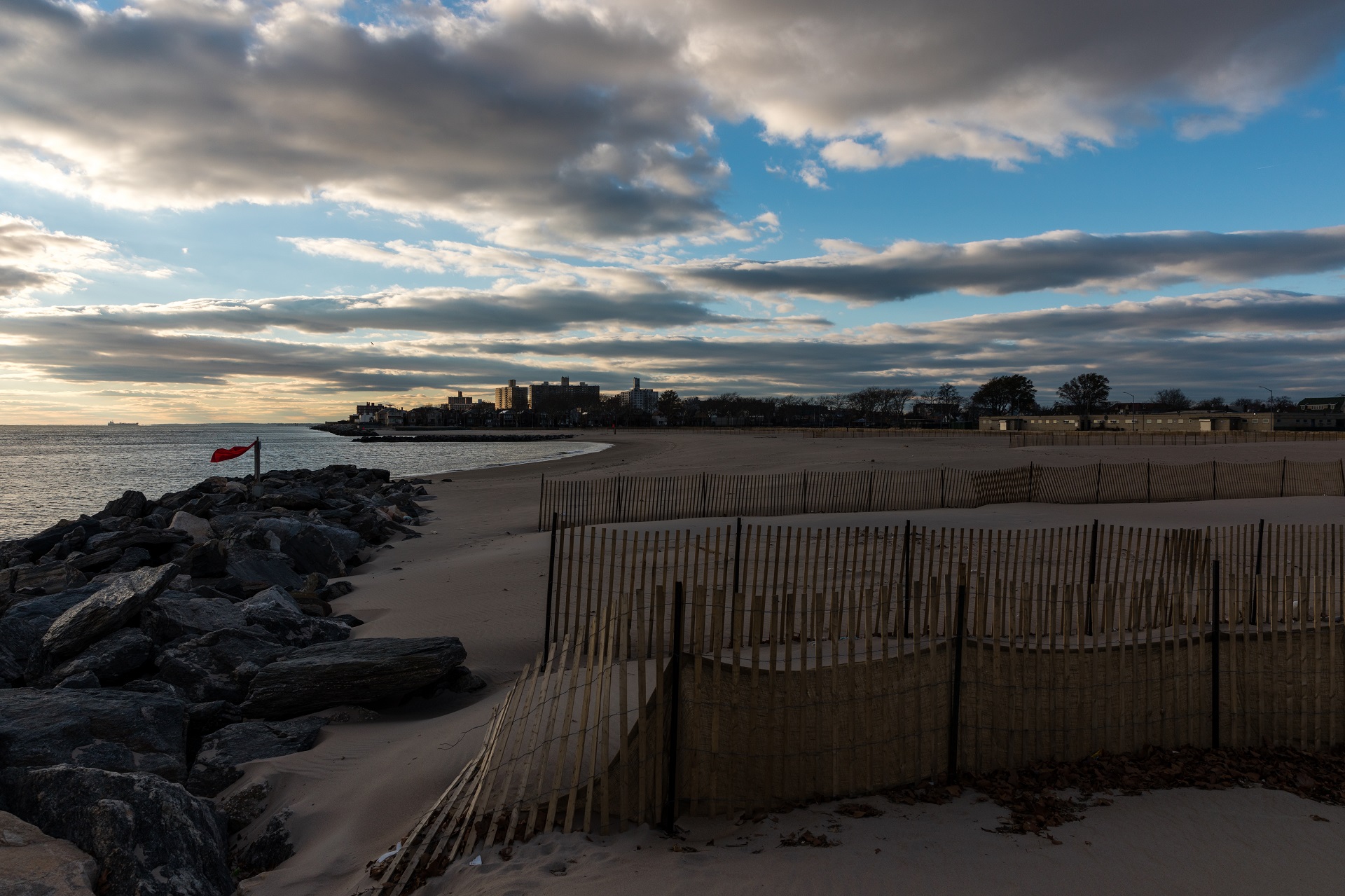Ask a historian: What’s the nautical history of southern Brooklyn?

The borough's first vet hospital.
Brooklyn Daily Eagle photographs, Brooklyn Public Library, Brooklyn Collection
Gena of Sheepshead Bay asks: “I’d like to know more about Captain Knuth of ‘The Flying D,’ a Sheepshead Bay fishing boat, and who Voorhies Avenue was named after.”
Jayne from Manhattan Beach asks: “What is the history of 190 Exeter St.? Was a hospital on this site?”
Both of these questions deal with the nautical history of southern Brooklyn.
